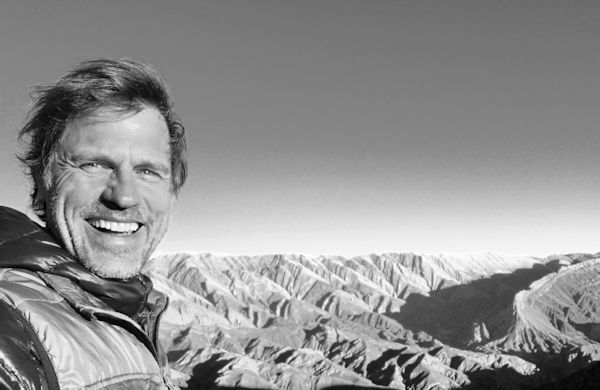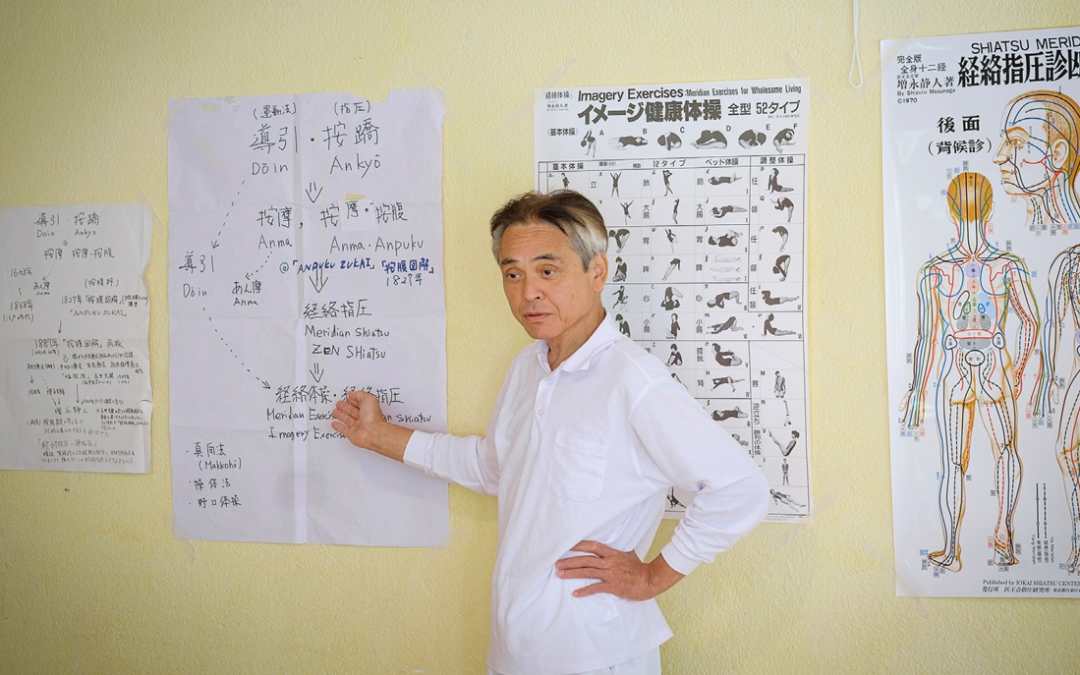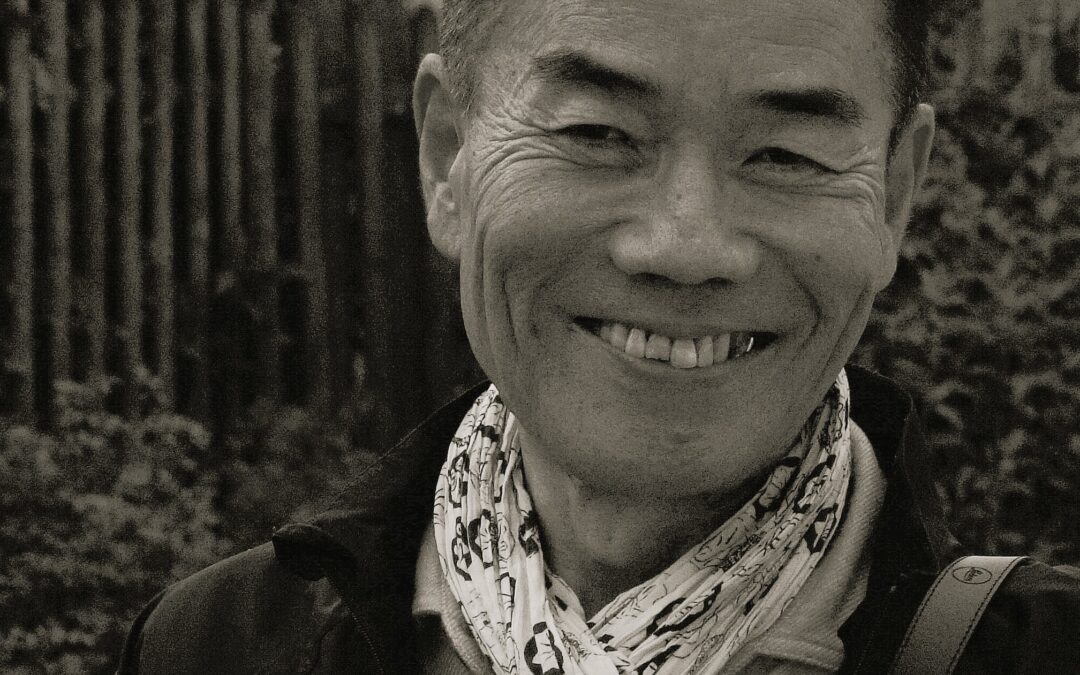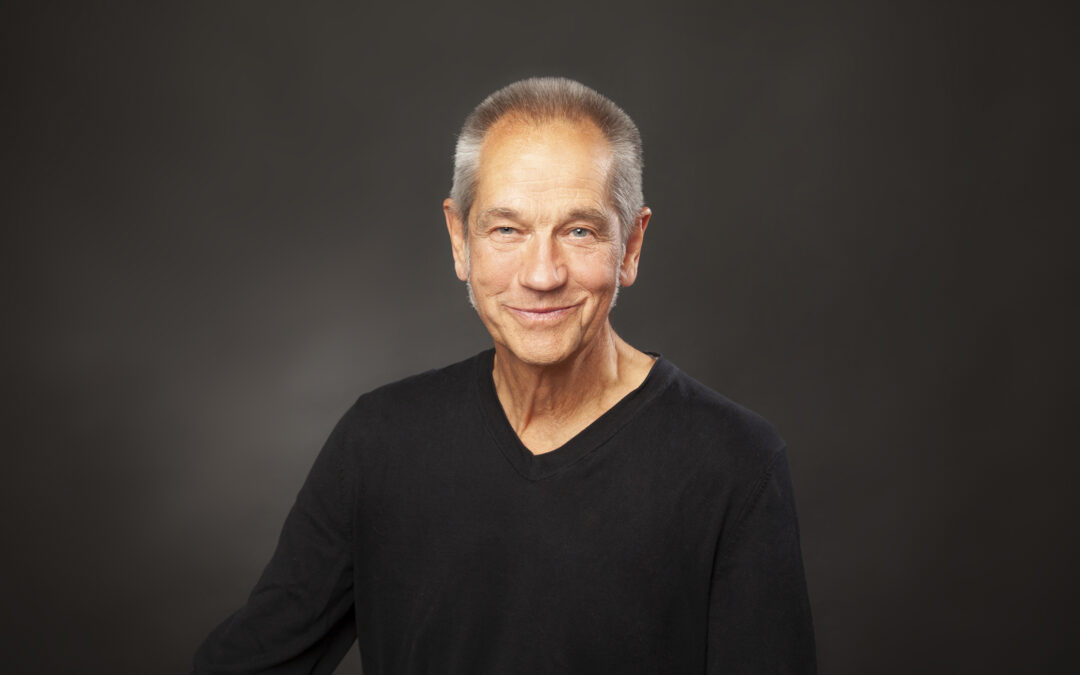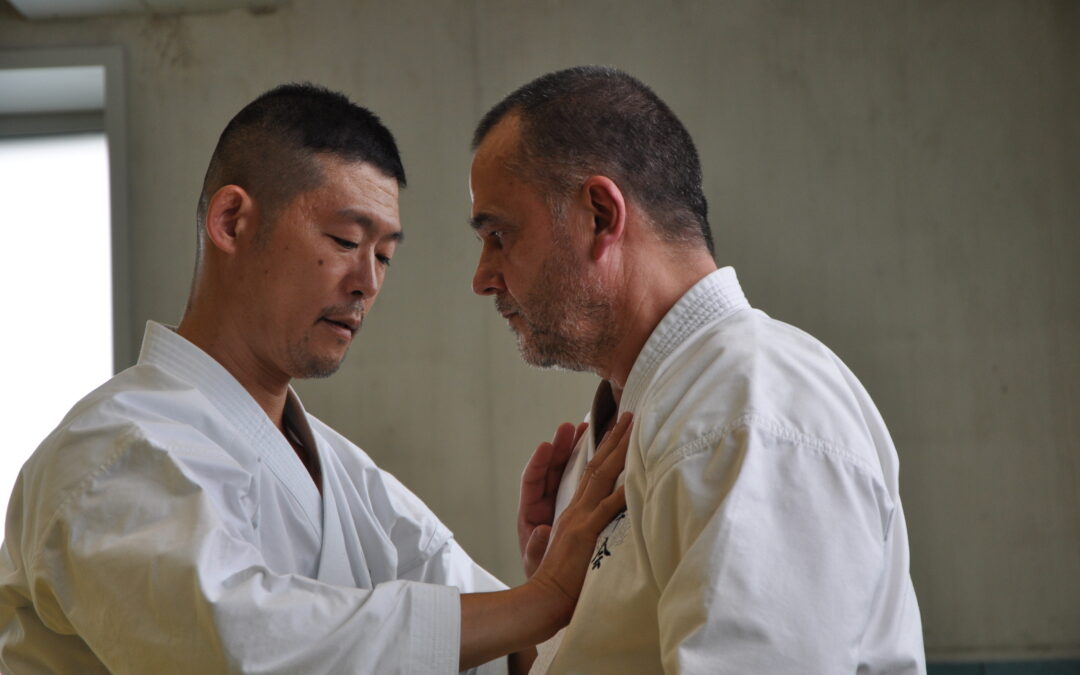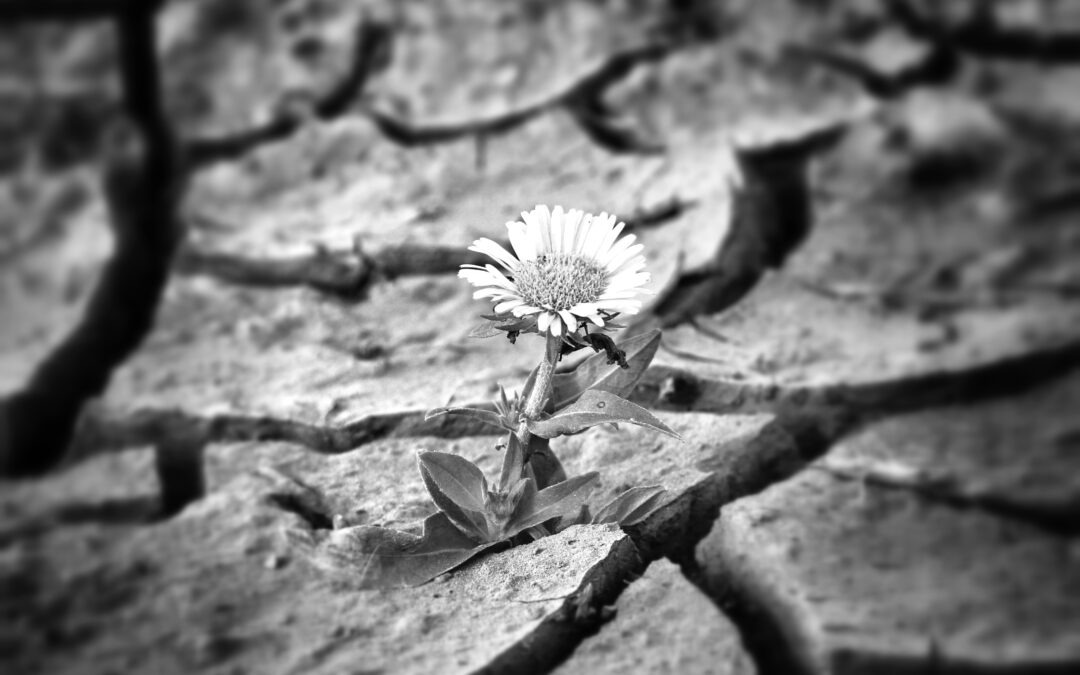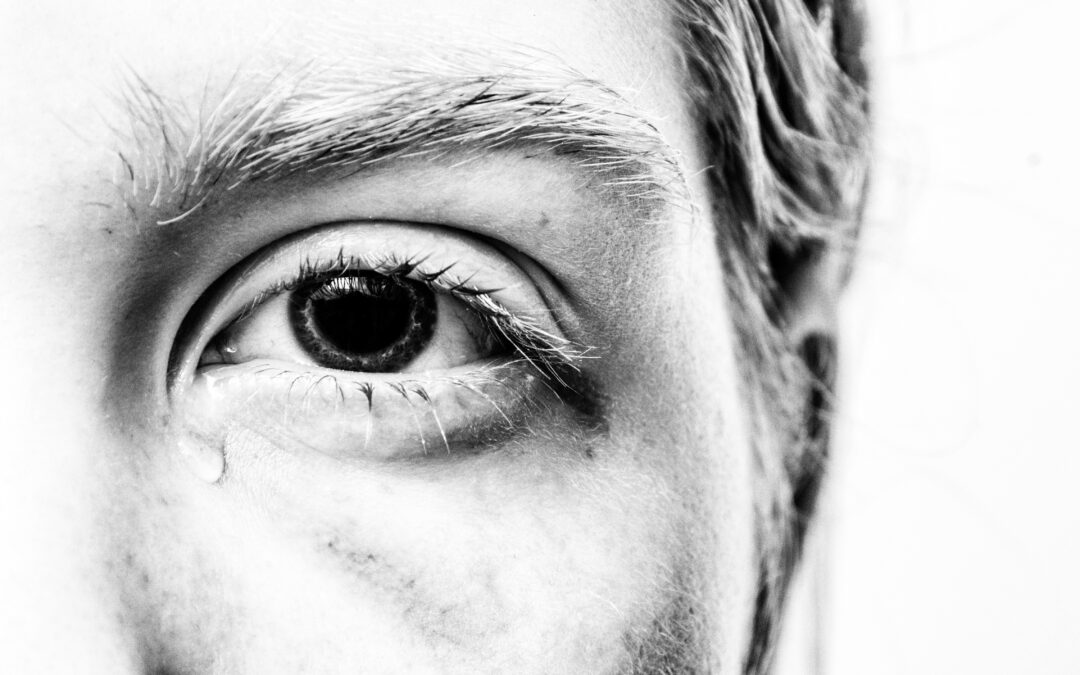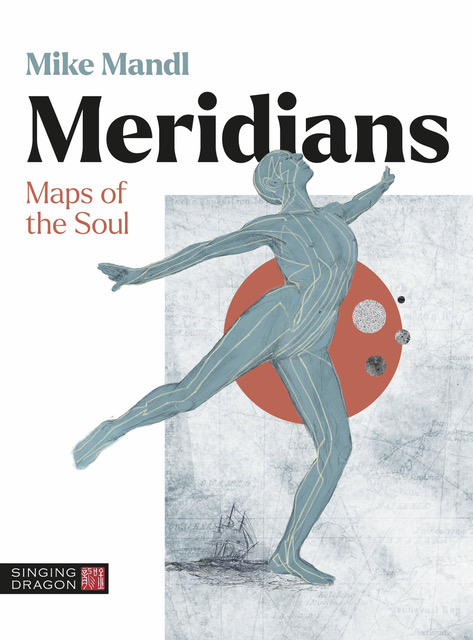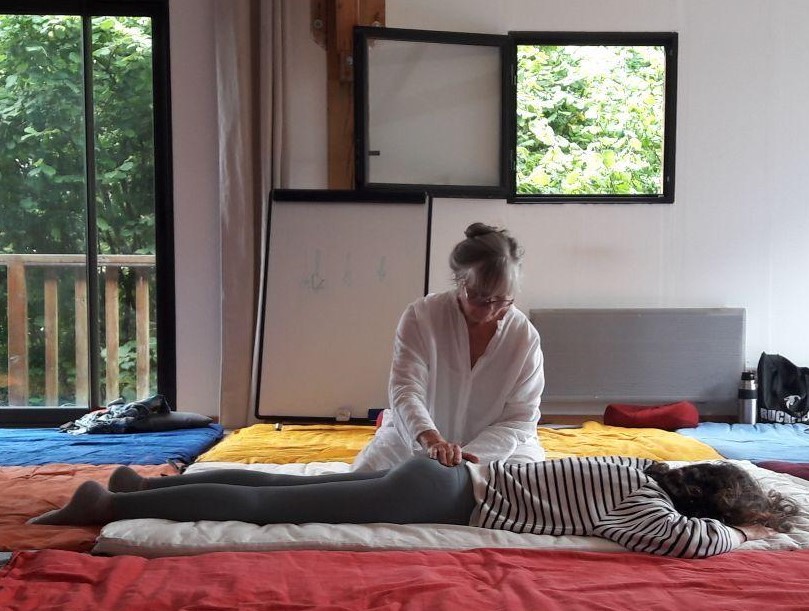Diego Sanchez is a Uruguayan Shiatsu teacher with a rich and original career in this discipline. But what marks the most when you meet him is his kindness, his vitality and his belief in Shiatsu. He traveled South and North America as well as Europe to learn the technique, then he confronted his Shiatsu with many experiences. This is the result of his experience and his sometimes atypical journey he delivers us here. A great Shiatsusi to discover, no doubt.
Ivan Bel: Dear Diego, it’s a great pleasure to make this interview with you. You’re a Shiatsu teacher far away from Europe, so maybe a few readers only know you already. Can you introduce yourself ?
Diego Sanchez: I am from Uruguay but I lived in many European countries and in the USA. I went back home some years ago, where I now have two daughters and the chance to live and work in proximity to Nature. I travel twice a year to teach in Europe and I receive foreign students for my retreats and spiritual tours in Uruguay and other South American countries that have a special energetic interest.
When did you meet the Shiatsu path and under what circumstances? What was your first reaction when feeling Shiatsu?
I used to work in advertising and in one of my jobs somebody in the team was studying Shiatsu and needed to practice for her class. I let her work on my back for a little while and the sensation that I had was so strong that really shook me to the core. I was 25 years old and I had never felt that well before. It was shocking that I had missed so many years of my life without feeling so well in my body. I immediately went to buy a book and try the Shiatsu points and techniques on my friends and relatives with relative success. That made me even more curious to learn.
When I was 29, I had a life crisis and I came out of it with the clear conviction that Shiatsu was my path.
Where did you study Shiatsu and with which teacher?
I was living in France when I discovered Shiatsu but then moved to England to train at the Shiatsu College in London. I feel very lucky to have trained with such wonderful teachers and classmates.
Some of my teachers had mentioned they had learned very interesting stuff from Pauline Sasaki and when I finished my training I went to New York and had a meeting with Pauline. She gave me a session and invited me for dinner with her husband. Until that point I thought that although Shiatsu was my path, I would have to have another job to pay the bills and do Shiatsu on the side. But in that conversation they made me realize that I could survive as a Shiatsu practitioner.
She was an inspiring force in my life and I trained with her for the following eight years. I shot a documentary about her that is called « The Human Potential » (Trailer here).
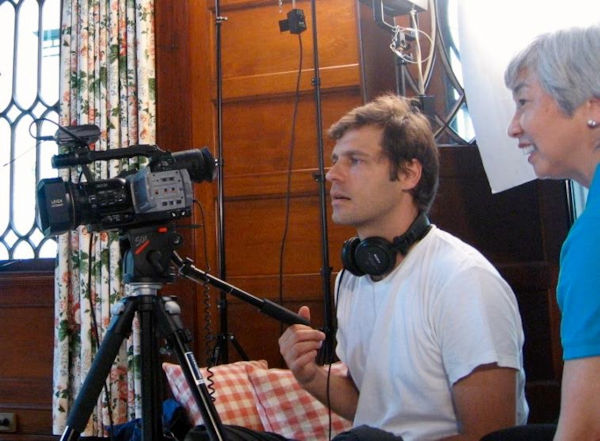
I know you are also very interested in shamanism. What purpose ? What are you looking for through this technique?
At one point, through another colleague, Pauline and I heard about a Russian Shaman and we went to meet him.
We ended up working with him for several years, together with a group of Shiatsu colleagues. Pauline was instrumental in translating the spiritual aspects of shamanism into the Quantum Shiatsu theory that she was developing. I believe her integration of the Meridian and Chakras theories is brilliant and that’s what I’ve been using and kept developing in my work.
How do you get to marry Shiatsu with shamanism ? What can these two techniques do to each other?
The benefit of what we learned from shamanism is the expansion of the energetic map of a person, well beyond the meridians, Yin/Yang or 5 elements, to include the chakras and other subtle aspects that make diagnosis and treatment a lot faster, deeper and effective.
At some point in your life you have been approaching a New-York hospital to offer your services. How did it go?
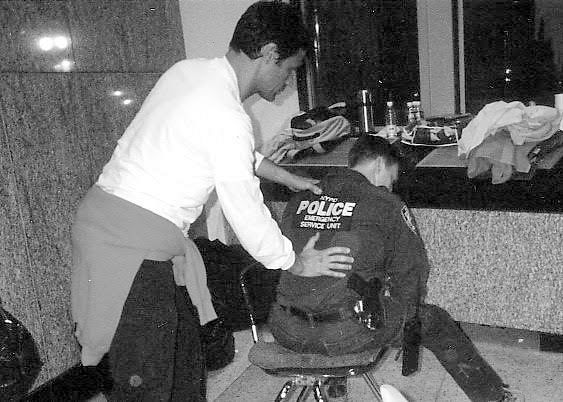
Working in hospitals was another transformative event that came through when I lived in New York. I became very daring at engaging the medical world to look into the benefits of Shiatsu for several issues like insomnia, pain or anxiety. I was into doing research to prove these benefits and I proposed studies to two teams at universities: The Sleep Clinic at NYU and the Integrative Medicine Program at Columbia and Cornell. None of the research studies went through but on both I ended up working directly with patients, which is what I ultimately wanted.
After you took care of the nursing staff, you could practice within the heart surgery department. We do not expect to see Shiatsu in such a context. What were you doing ? How did this happen?
I must say that it was not “Shiatsu” that opened the doors to the patients in the hospital (nobody had a clue of what Shiatsu was), but my attitude and the trust that I managed to develop with all the people I came in contact with. I could see that they did not need to trust Shiatsu through the studies (that never happened), but they needed to trust me as a responsible individual before they let me touch patients with Shiatsu or whatever technique I wanted. I first demonstrated how safe, easy and effective it was by working on nursing and administrative staff. By the time a decision was needed to authorize my work on patients, I had a full team of people vouching for it and I was able to get in the Intensive Care Unit, to work with people that were operated just a few hours before.
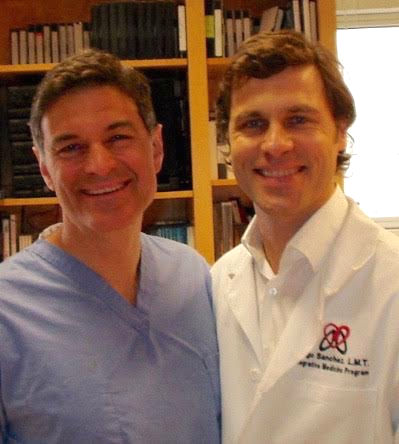
I started seeing the patients of just one heart surgeon as a volunteer and ended up being hired to see all the patients in that department.
Technically, what protocol or technique or meridian did you use for people who had been surgery?
When I work with criticall illness patients, even in life-or-death situations, I never assume anything beforehand. Their Ki is not this or that way because they might be extremely sick, or about to die. I’ve worked with dying people that express a really strong Ki, so I always refer to the information that comes up from the Hara diagnosis and that is my only objective for the whole session.
There is no protocol other than letting myself be guided by what comes up from the Hara evaluation. I trust the intuitive information that comes up so elegantly organized for us and I can move ahead to work without hesitation. It always takes me straight to address what is needed, without any waste of time or unnecessary preparations.
I always use the same Zen Shiatsu principles of touch: perpendicular, relaxed, appropriately deep penetration with the tempo and continuity that the situation requires. There’s no assuming that there’s anything I cannot do, or that I have to do because of the situation. I always decide on the spot, following the same guidelines as in working with a healthy person.
What are the conclusions you drew from this experience of Shiatsu practice in a « no easy » environment?
When you do this you will notice, for example, that physical rotations of the limbs are not always appropriate in a hospital bed, or that you cannot put your client in any position you may want. Namely, to get them in prone position is almost impossible in the hospital. You’ll see that it’s time consuming and risky to move a very sick person around so you work in whatever position you find them. Most of the time it’s impossible to physically palpate the Hara so you have to develop other ways, like palpating the meridian diagnostic areas in the back (while they lay on their side), or doing off-the-body Hara diagnosis, which is what I do even with healthy clients now. Clear communication, keeping your eyes open and their whole body in your field of vision and a grounded, nourishing touch will have a strong impact in a very reduced time. I’m used to doing 15-20 minutes sessions that generate profound changes.
Now you teach Shiatsu everywhere around the world. What orientations do you give to your Shiatsu? What are you insisting on?
Being 100% present is of paramount importance. Sometimes is not what you are doing but what you are being and the fact that you are fully there with the person. Using each tsubo as if it was the only one, you don’t need to do a lot. Remember that the body is holographic, in one point you have access to the whole body-mind-spirit and meridians are a reminder of how in one spot you have an effect on everything at the same time.
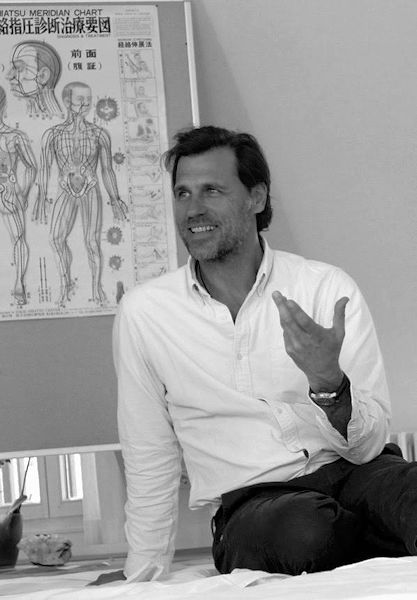
When you are in an unfamiliar environment, such as doing Shiatsu in a hospital, in a crisis situation or even when you are in your own studio but in an emergency situation with a client, the first thing we tend to lose is our grounding. I work with simple shamanic techniques to ground myself constantly. Not only in emergency situations. I believe our lifestyle is pushing us more and more to be away from our bodies, distracting our attention from what is happening in the present moment. My spiritual practice is to be here.
When I teach Shiatsu, my main focus is on “tuning the instrument” that the practitioner is. The most important thing is who you are and how you do things, rather than what you do. The more you discover who you are, the better you are at everything, including Shiatsu.
Diego, I really to thank you for this moment together and for your incredible energy you’re putting in anything you’re doing. Hope to see you soon !
My pleasure!
- Free online class: Treating the Neck with Ivan Bel - 21 March 2024
- Summer intensive course: back to the roots of Shiatsu – 7 to 13 July 2024, with Ivan Bel - 27 December 2023
- Interview with Wilfried Rappenecker: a european vision for Shiatsu - 15 November 2023
- Interview : Manabu Watanabe, founder of Shyuyou Shiatsu - 30 October 2023
- Interview Mihael Mamychshvili: from Georgia to Everything Shiatsu, a dedicated life - 22 April 2023
- Biography: Dr Haruchiki Hirata 平田内蔵吉 (1901-1945) - 21 April 2023
